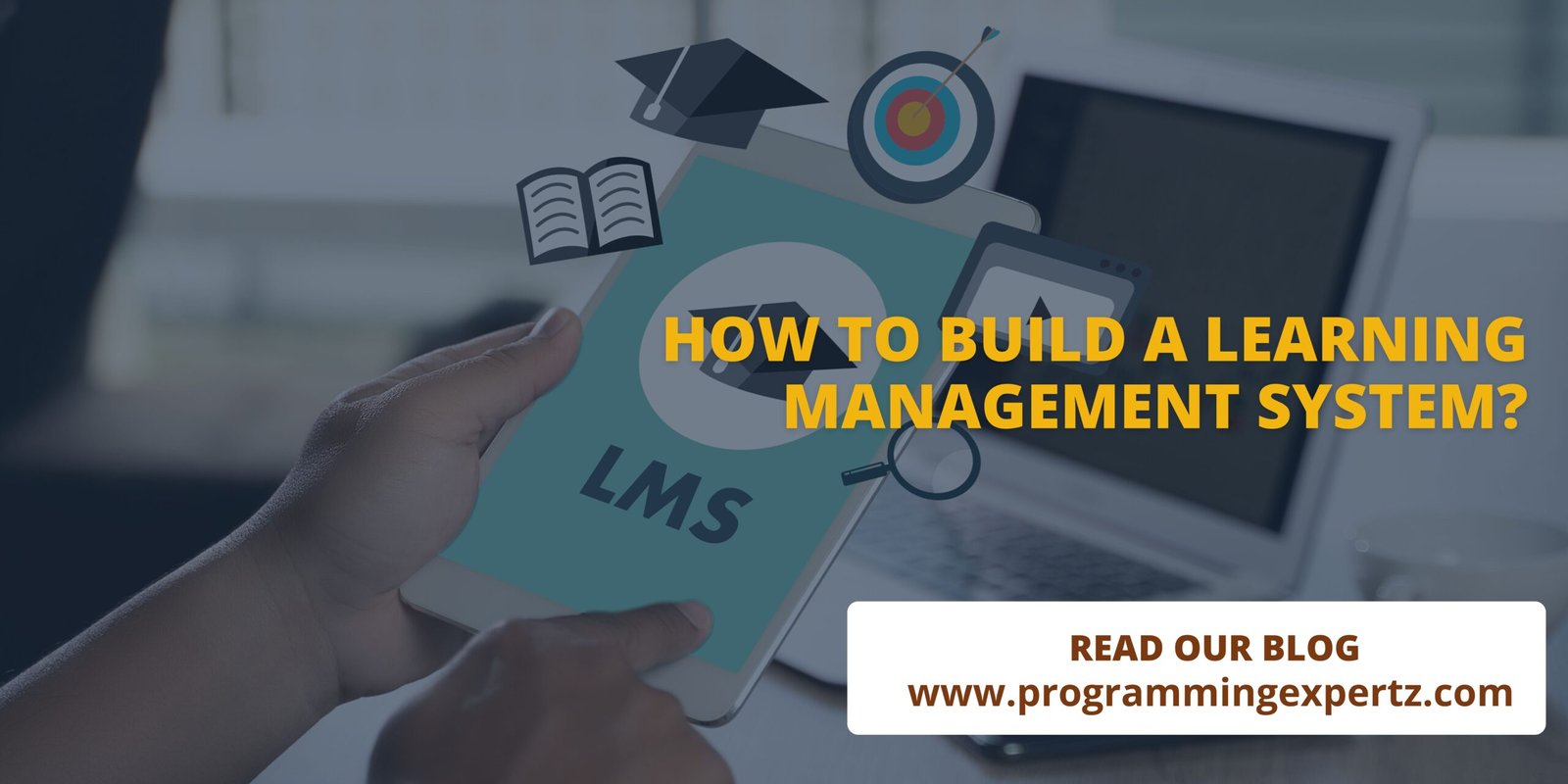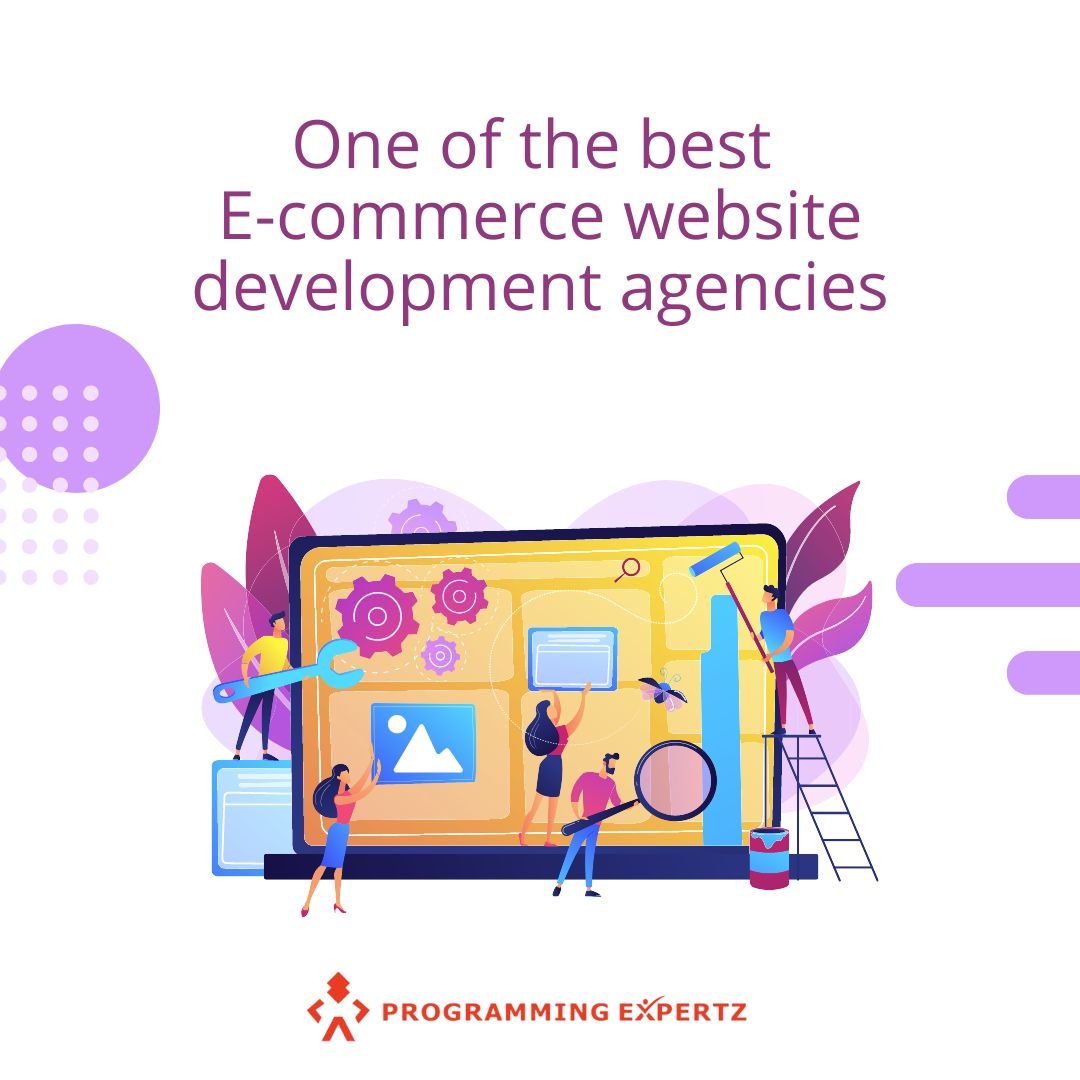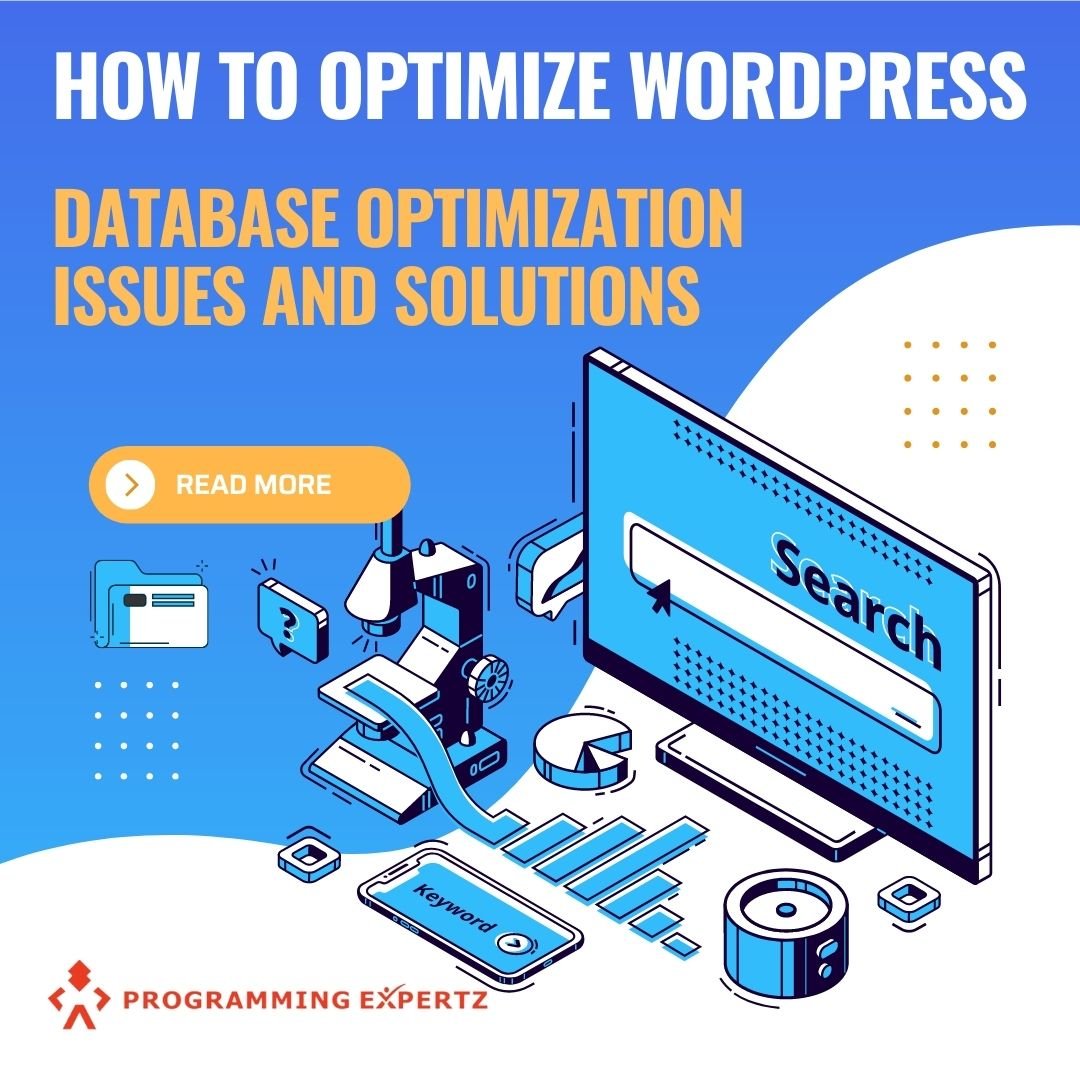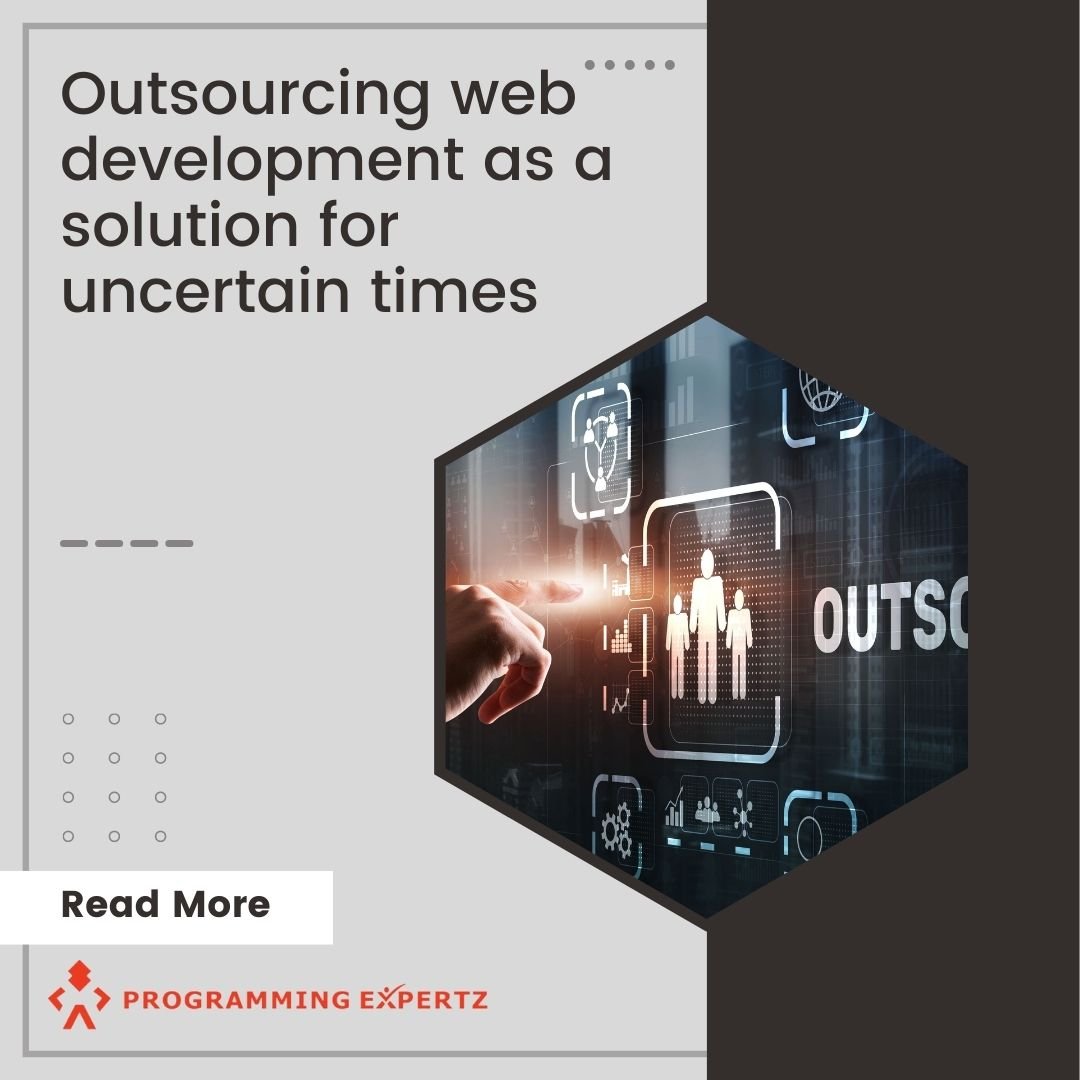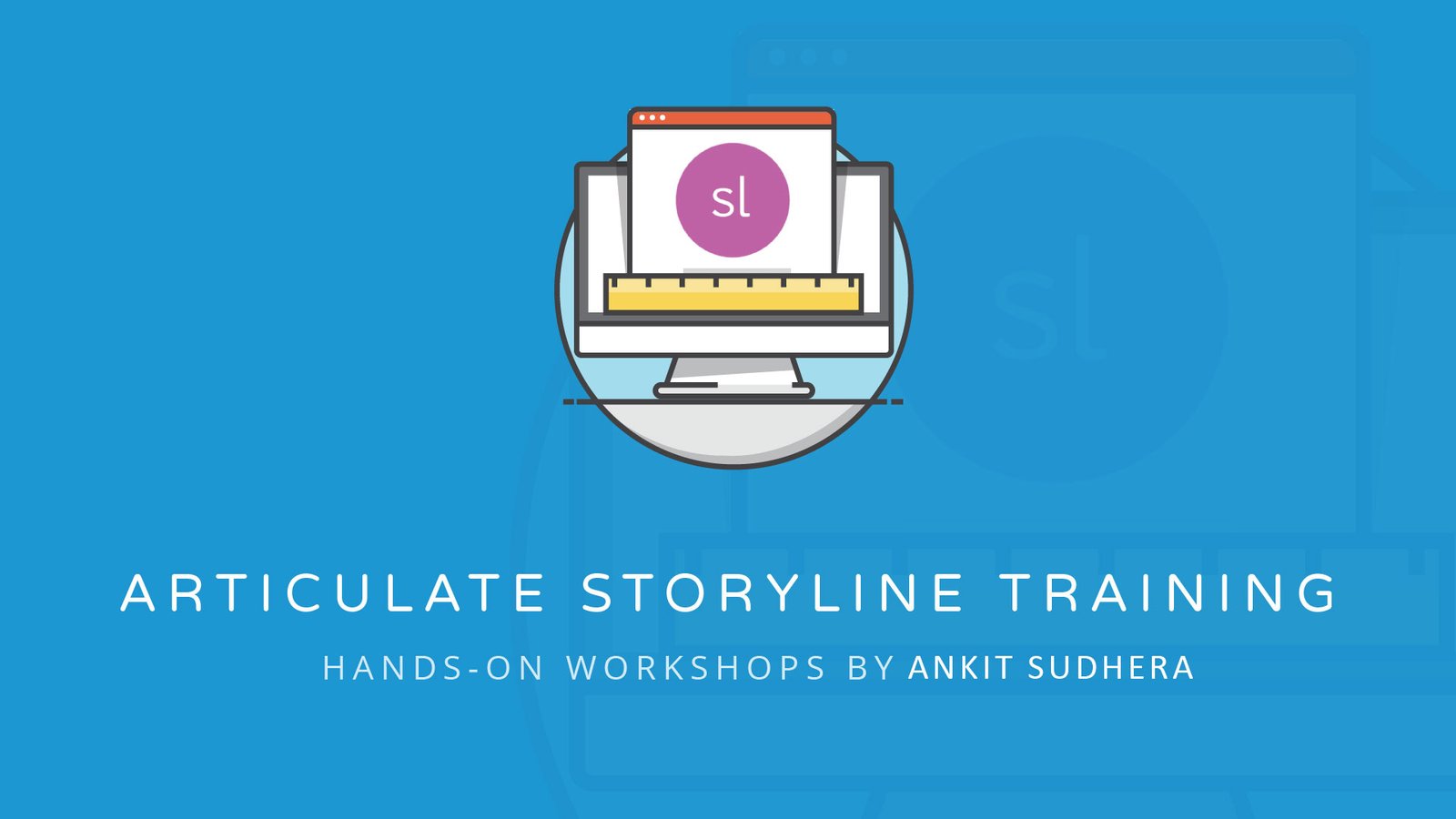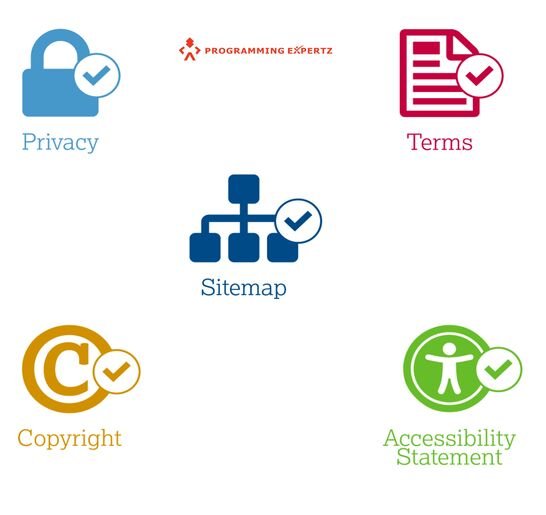What does eLearning mean?
Anyone who uses eLearning will probably tell you how impressive and convenient it is. eLearning offers many benefits to students and businesses in today’s environment of ‘always-on.’ But precisely what is eLearning? Nothing can negate that your popularity has risen over the previous decade, whether you’re an eLearning expert or a newbie. Employers can train their personnel in an affordable, time-efficient method. In return, employees are enhanced by easy training and capabilities. Organizations also utilize it to train their partners and customers to boost their acceptance, retention, and ultimately income. There is no hint of decreases in demand for eLearning solutions; by 2022, the industry is estimated to reach $275 billion. Let’s look at what eLearning is, various forms and methods of eLearning, and the advantages your firm offers.
What does eLearning mean?
Let’s set up an eLearning definition to get started. So, what does eLearning mean? ELearning, or electronic learning, is the transmission of digital materials for learning and training. While eLearning is based on official learning, eLearning is delivered using electronic devices, including computers, tablets, and even internet-connected mobile phones. This facilitates user learning everywhere, anytime, with little or no limitations. Online education through computers or other digital devices is training, learning, or learning. eLearning History It is helpful to look into its past to grasp better how eLearning benefits organizations today. The term “eLearning” was coined by Elliott Maisie in 1999, and the phrase was first professionally used. The reputation of eLearning has grown steadily throughout the years. However, what elements made eLearning the most popular kind of instruction today?
Some of the following factors include: Internet: Internet Many rely on printed manuals, CD-ROMs, and other limited means for education and training before the Internet was born. The emergence of the Internet has led to one-dimensional approaches being abandoned by organizations using eLearning flexibility. Multimedia development:
As eLearning advanced, it became a more dependable technique of keeping students interested than traditional learning to include elements such as photos, video, audio, and Graphics. Affordable digital devices—There is an understandable way for eLearning to grow as digital devices become more affordable, given the cost of the first IBM computer today of almost $5,000 in value.
Mobile learning also made the growth of eLearning enormously easier. Well-building is learning management systems: LMS is more sophisticated, ranging from locally installed to cloud-based systems, and increasingly used by enterprises to carry out many sorts of training. When selecting an LMS, there are several aspects to take into account; to ensure at a minimum that it functions and supports you to reach your and your pupils’ objectives. How eLearning should be delivered You will have a more detailed picture of precisely what eLearning is now since we have outlined its definition and history (rise?). It’s valuable and easy to use eLearning in your company. You may utilize many eLearning approaches, whether you want to use eLearning to keep your staff up-to-date with business policy or to enhance your understanding of your product.
LMS Usage An LMS is a software application for online training. An LMS is a learning management system. A large LMS goes beyond this by offering the capabilities and assistance you need to implement your eLearning plan perfectly. Choosing an LMS may be difficult at first, but it should considerably limit your search to analyze your training needs and set your objectives. You can pick between various distinct forms of LMS, such as cloud-based, open-source, commercial, and installation-based.
Cloud-based LMSs have become the standard for online education as they enable you to swiftly develop courses, register users, and report on student progress correctly. A good cloud-based LMS should make it easy for you to scale up your training and be supported by an excellent team of clients who will succeed with their single purpose. eLearning Training Types For several reasons, people use eLearning.
Whether you are developing new talents or learning remotely, eLearning offers enormous ease and accessibility. Here, we are going to discuss the four different forms of eLearning that Learn Upon offers. Training for staff The most common sort of eLearning business is employee training for the use of an LMS. For several reasons, organizations use staff training, like onboarding new jobs and enhancing staff performance. LMS training staff formalizes and makes training more effective. By developing knowledge and an eLearning culture, eLearning is better promoted in comparison to traditional training.
To continually monitor and enhance training effectiveness, your LMS should also allow you to produce tests and reports and collect feedback. Training on Compliance For most firms, compliance training is a need. It informs employees on their role and industry laws or regulations. Training on compliance is compulsory and covers subjects such as health, safety, and dignity at work.
Examples of conformity training include: Training on Diversity Law of HR Training to combat harassment Conducting a smooth compliance course helps reduce the chance of failure to comply and preserves company reputation. Your staff will also benefit from a safer and more productive place of work. In addition, eLearning makes it easy with a dependable LMS to keep up to speed with changing legislation and modify your training content. Training for Customers It may seem like a weird idea to train your consumers. It has a deep worth, however! Customer training programs assist your clients in using your product or service and comprehend it. The software suppliers are very popular with this form of training. In addition to increasing customer experience, the companies that run it gain from customer training. Your onboard experience is improved, your product or services become more profound, and your client retention is improved.
Training Partner Partner training, also known as reseller training, gives your partners the tools they need to be successful network members. Training types include training on product information, sales, support training, guidance on marketing, etc. Certified training is often a precondition for partnership. Partner training offers several advantages; it may help you include partners, cut support costs, extend growth and protect your brand. eLearning benefits for your company You will now have a better idea of what eLearning offers and your students. The advantages from every four courses have been summarised quickly. Here we will discuss the broader benefits of eLearning for your organization in further detail.
eLearning Effective cost: This is one of the most important and perhaps the most welcome advantages eLearning brings! Costly and often frustratingly, traditional training can be maintained. eLearning eliminates the need for expensive printed training and even on-site teacher material. If you have to change modules within your content, it can quickly be done via your LMS with no updated training material printed and distributed.
Time Savings: Time is valuable, particularly in a working atmosphere, so why not save it as much as possible? eLearning maintains updates to businesses that are easy to communicate. Whatever you require, eLearning may quickly incorporate updates to your LMS in your training contents or your company policy. This saves you tremendous time when organizing repressions, etc. Instead of using planned training, learners can save time by accessing content where and when they need it. And your LMS can automate manual processes, enabling time-efficient training management.
Enhances efficiency and productivity eLearning enables students to complete their training fast and conveniently, therefore improving their performance and productivity. Teachers like being able to engage in training comfortably. They are probably driven by eLearning to advance their professional goals, as they can learn at their speed and their choice. Minor impact on the environment As part of its corporate responsibility plan, more and more firms are committed to reducing their carbon impact. If you want to have a lesser environmental impact, eLearning is a great solution.
It offers an alternative to paper-based learning and contributes to a more environmentally sustainable working environment. Why not discover more about what LearnUpon LMS can do for your firm because you have a better grasp of what eLearning is and its benefits. Plan your trial and demonstration today.


